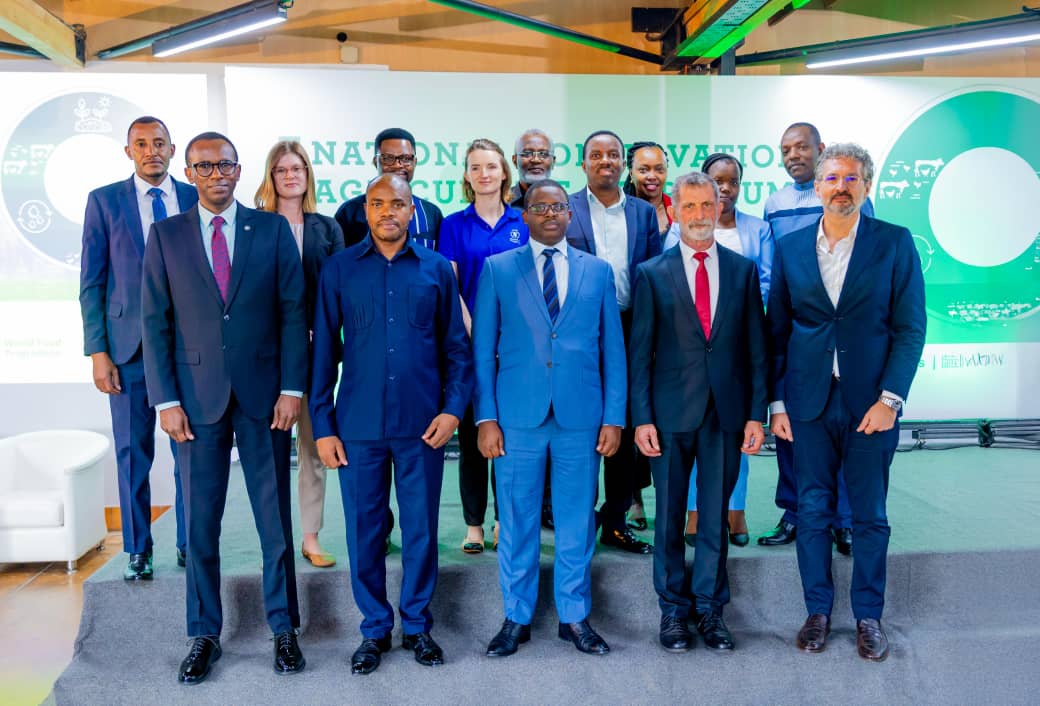Here’s the cleaned-up article in proper HTML:
“`html
Inside Rwanda’s Plan to Cultivate 100,000 Hectares Without Plowing

For generations, Rwandan farmers have relied on traditional plowing methods before planting crops. But groundbreaking research suggests the secret to better harvests might lie in leaving the soil undisturbed. A transformative agricultural shift is now underway, led by the Rwanda Institute for Conservation Agriculture (RICA) and the Ministry of Agriculture and Animal Resources (MINAGRI).
Revolutionizing Rwandan Agriculture
The ambitious initiative aims to implement conservation agriculture across 100,000 hectares of land—without conventional plowing. Experts predict this approach could dramatically improve farming outcomes by:
- Preserving soil fertility
- Reducing erosion
- Potentially increasing yields
The first-ever National Conservation Agriculture Symposium, held at RICA on March 28, 2025, brought together agricultural experts, government officials, development partners, and farmers to discuss sustainable soil conservation strategies.
Three Pillars of Conservation Agriculture
1. Minimal Soil Disturbance
Dr. Ndambe Nzaramba Magnifique, Deputy Director for Research at RICA, emphasizes that maintaining soil productivity requires abandoning deep plowing. Instead, farmers should adopt:
- No-till farming techniques
- Minimum-till methods
- Crop residue retention
2. Permanent Soil Cover
The second principle focuses on protecting soil through:
- Cover crops
- Mulching
- Leaving crop residues after harvest
3. Crop Diversification
The final pillar involves strategic planting methods:
- Crop rotation: Alternating different crops seasonally
- Intercropping: Growing multiple crops simultaneously
Farmer Success Stories
Jonas Gakuba, a lead farmer from Kirehe District, reports significant benefits:
“Our soil maintains fertility through crop rotation and mulching. Conservation agriculture has reduced our costs by eliminating extensive plowing and weeding.”
Government’s Ambitious Expansion Plan
Dr. Patrick Karangwa of MINAGRI outlined Rwanda’s conservation agriculture goals:
- Expand from current 1,100 hectares to 100,000 hectares by 2029
- Establish model farms in nearly half of Rwanda’s villages
- Train over 21,000 farmers as mentors
Addressing Rwanda’s Soil Crisis
A 2022 study revealed alarming statistics:
- 45% of Rwanda’s land at risk of erosion
- 27 million tons of fertile soil lost annually
- Economic losses exceeding 1 trillion Rwandan Francs yearly
Development partners like WFP and MCC are supporting the initiative through farmer training programs and pilot projects across multiple districts.
This conservation agriculture movement represents a fundamental shift in Rwanda’s farming practices, promising to enhance food security while protecting the country’s precious soil resources for future generations.
“`


